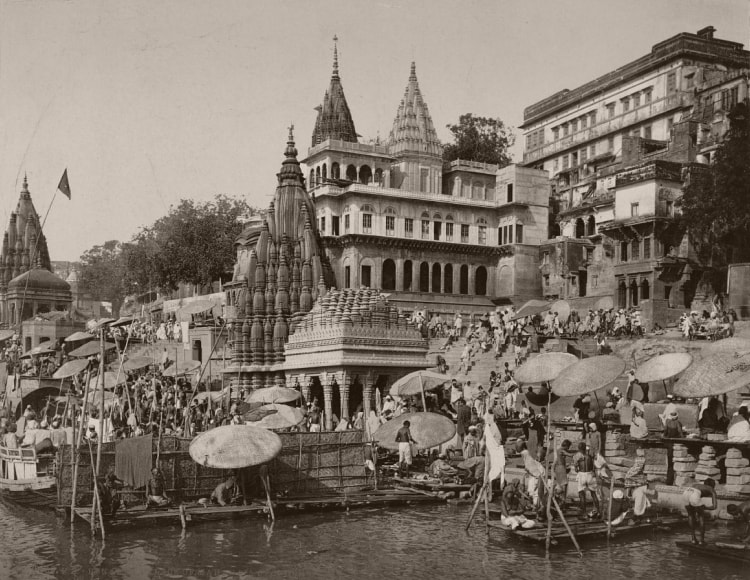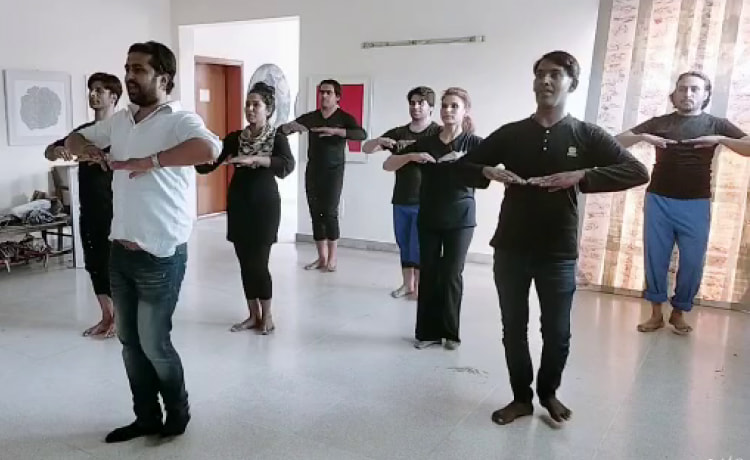Late 17th & 18th Centuries: Roots of a Kathak Style
The Jankiprasad Gharana traces its lineage to the court of Maharaja Anup Singh of Bikaner (1669 - 1698). Bikaner was a powerful state closely allied with the ruling Mughals. Anup Singhji was a scholar and patron of the arts.
A dancer named Sanvaldas (or Shyamaldas) served in Anup Singhji’s gunijankhana - a courtly institution that employed musicians, dancers and artisans. Sanvaldas and family had the rare honor of being employed as mangalmukhi - court dancers for auspicious occasions.
This family’s roots were in the Melusar village of Churu district in Rajasthan. For centuries, the villages of Churu have been a prolific source of singers, dancers, musicians and artisans who served Kings and noble patrons.












